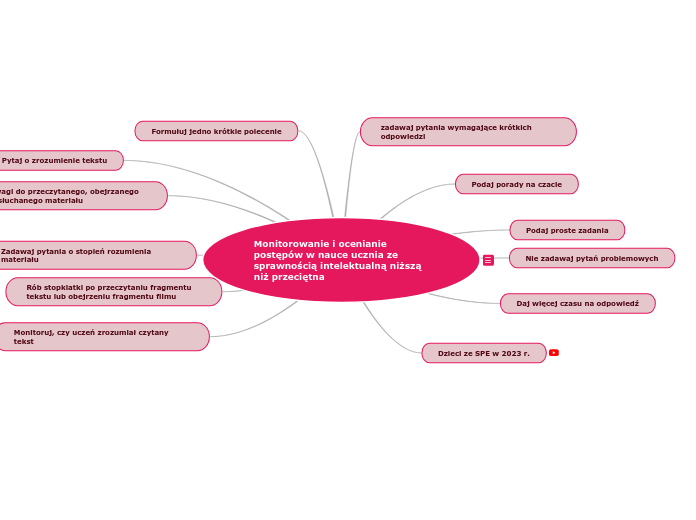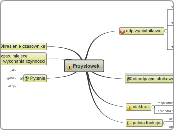by Anna K 7 years ago
384
Present Simple

by Anna K 7 years ago
384

More like this


by Małgorzata Fajt


by jadzia grabas


by weronika wolkowa-grabas


by Małgorzata Fajt